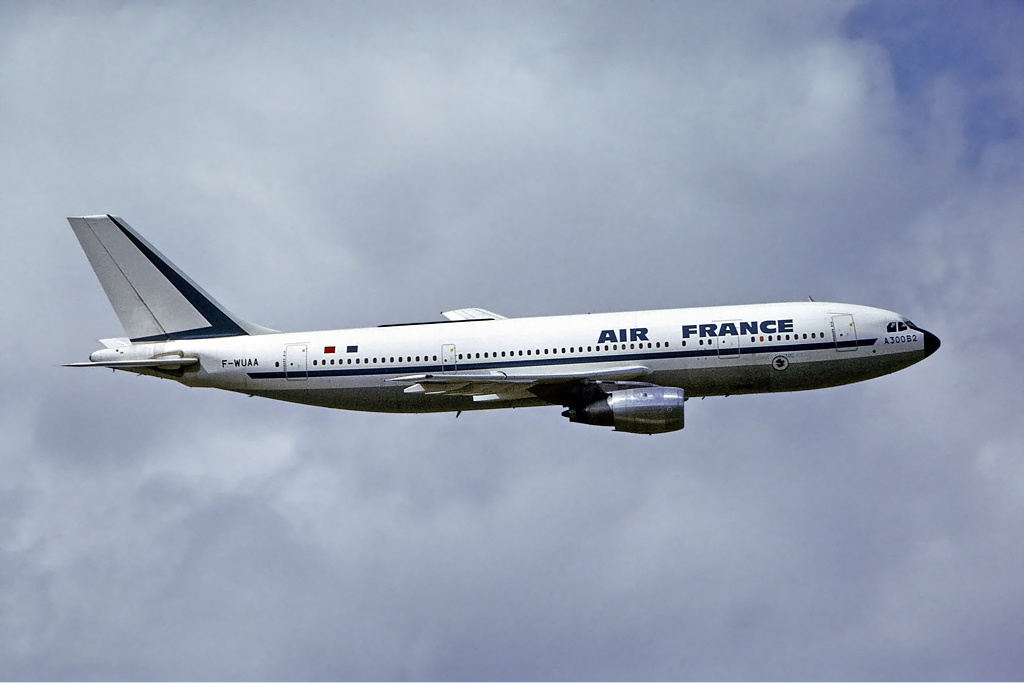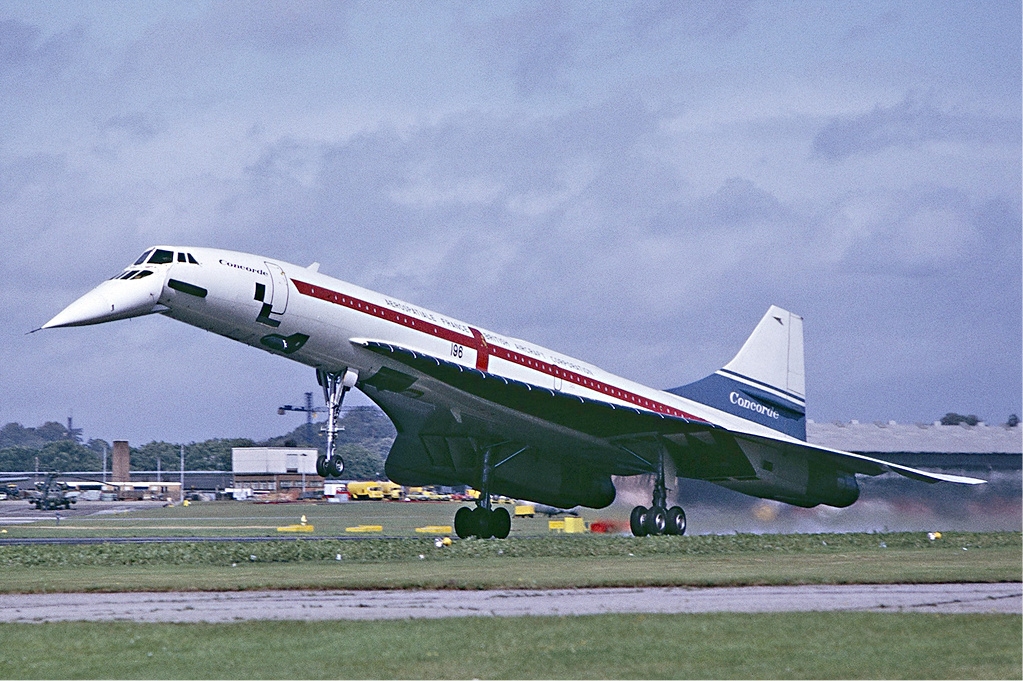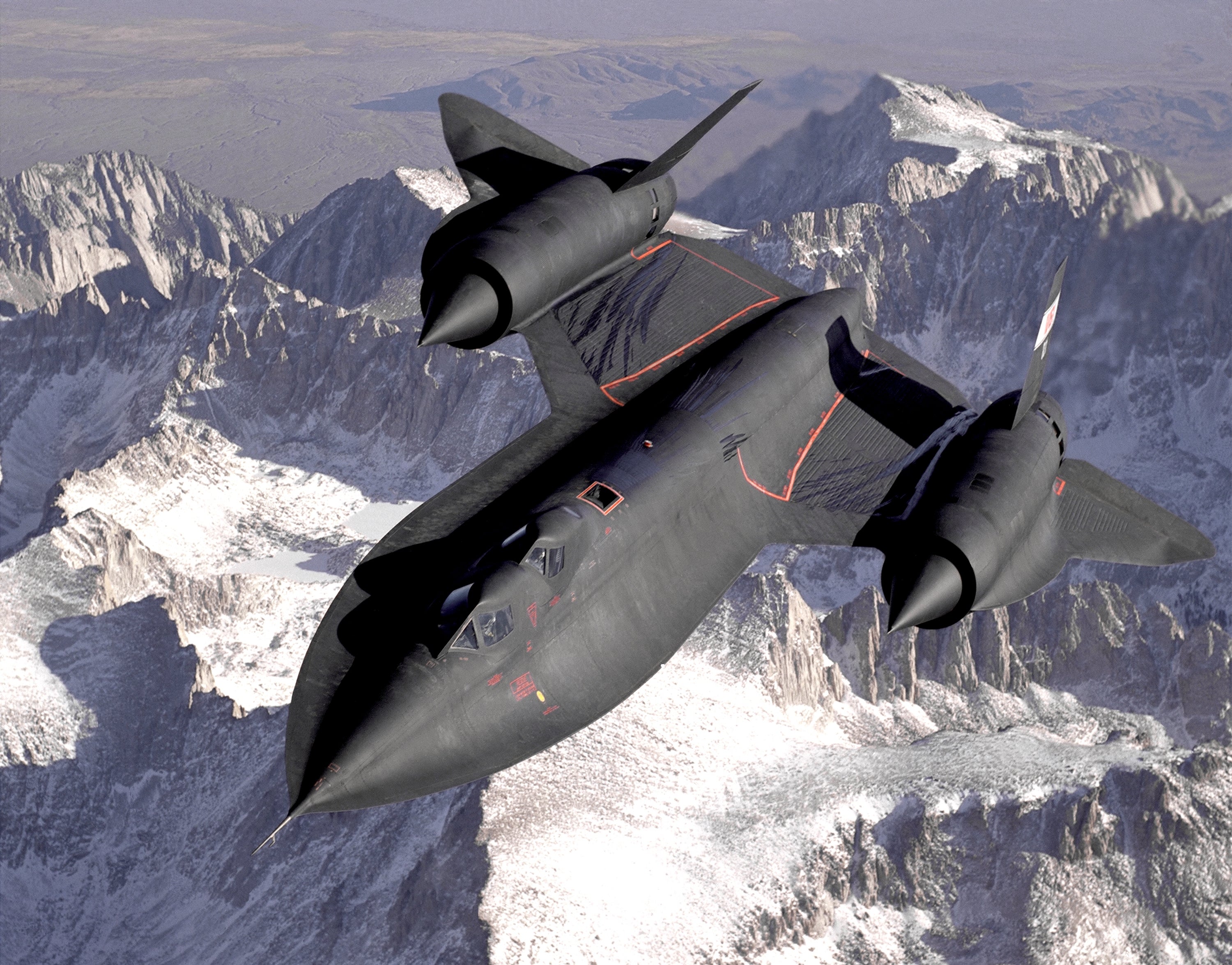1970-1990
1970-1990
In the 1970’s, technology just kept progressing and getting better in the aviation industry. Technology like speed of the aircraft, the range of the aircraft or the altitude that the aircraft could fly at. The 1970’s had and made a huge change on the aviation industry. The airlines back then and the industry in general realized that cheap and freely available fuel could no longer be taken for granted. Fuel started becoming more expensive and couldn’t be used as freely as they had before. The commercial side of aviation had one mission during the 70’s and this mission still continues to this day which is being able to transport more and more people and cargo on the least amount of fuel. They wanted to find an aircraft or any way that used fuel efficiently but was still able to do what they required.
The 1970’s were good and happy times for aviation as everything felt like it was going forward. In 1978 there had been 18,000 deliveries of new planes. As the 70’s were drawing to an end, it seemed like there was lots of small-aircraft production companies closing down and stopping as the bigger companies started to rule the skies like Boeing and Airbus.
Aviation in the 1970’s was always trying to be shaped to a large degree by the first significant aircraft that was mentioned before, the Boeing 747. This plane became legendary as Boeing bet on the success of the aircraft what was in 1969 an unthinkable huge airliner. There was a saying that the Boeing 747 was a double decker so that the pilots could still sit on their newly fattened wallets. The 747 in the 70’s was a huge money maker and the pilots were being treated like royalty with the pay that they were receiving. The 747 had four enormous turbofan engines (P&W JT9Ds first, followed later by the option of R-R RB.211s and GE CF6s) which could produce between 43,500 and 47,000 pounds of thrust which was 10 times the output of the turbojets that had powered the first jets 25 years ago. The power that these engines could produce at the time was unbelievable and didn’t seem possible. It’s a clear example of how much technology had grown on only 70 years. If you look back at the first flight with the Write Brothers, technology had advanced so much it was a massive thing and the public loved it. The biggest fan engines today can produce as much as 115,000 pounds of thrust and it is easy to forget that in 1970, they were generating 43,000 pounds which literally stretched technology pushed technology to its limits.
Throughout the 70’s, Boeing was literally owning the skies with their jumbo jet. Other companies tried hard during those times trying to create aircraft that met the requirement of the airliners as they were constantly looking for something new and flashy to get people to fly with them. Airbus at this time fought hard and eventually established itself in the U.S market in 1978 by creating and giving the A300 to the American airlines. This wide-body twinjet aircraft based itself in Miami. Airbus never looked back from this point as it was focusing on its goal to knock off Boeing from the top. This plane the Airbus A300 was the aircraft that changed the company and Airbus has grown to be Boeing’s arch-rival but also a huge aircraft production company.
The Airbus A300 is a short-medium-range wide-body twin-engine jet airliner was developed and manufactured by Airbus. It was released in 1972 as the world’s first twin-engine wide-body as before all wide-body aircraft had four engines. The A300 was Airbus’s first ever aircraft was first used in Europe in 1974 on the 30th of May and was flown by Air France as Airbus is French and Boeing is American. The A300 can typically seat 266 passengers with a two-class layout meaning that the aircraft is divided up into two classes, economy and business like we have today. In some cases there is a three-class layout which is First class, Business class and economy. The A300 had a range of 7,540km when it was fully loaded with fuel depending on the model as there were other models made as time went on. Production of the A300 stopped in 2007 and only 561 were built. The main users of the A300 are mainly unpopular airlines like IranAir, Meraj Airlines, Qeshm Air, Mahan Air and also FedEx express and UPS Airlines which are delivery airlines.

On March 2, 1969, France flew its Concorde Supersonic transport prototype followed by British Airways one on the 9th of April. Technologically the Concorde was a huge step in aviation but with opportunity for stumbles. The Concorde was supersonic passenger jet airliner that was in operation until 2003. The Concorde could travel over twice the speed of sound at Mach 2.04 or 2,180km/h at cruising altitude. The aircraft could seat 92-128 passengers. Concorde entered service in 1976 and continued in commercial flights 27 years. It is only one of two supersonic transports to have entered commercial service the other being the Tup olev TU-144. Concorde was jointly developed and produced by Aérospatiale and the British Aircraft Corporation under and Anglo-French treaty. A total of only 20 aircraft were built in the UK and France. Six of these 20 aircraft were prototypes and development aircraft meaning that there were only 14 aircraft in service which was not a lot. Since there were only 20 aircraft ever built, the manufactured and the developing of the Concorde was substantial economic loss. To make up for the loss, British Airways and Air France received many subsidies or money from the government. The Concorde flew regular transatlantic flights from London Heathrow and Paris Charles De Gaulle to New York JFK or Washington Dulles and Barbados. The Concorde flew these routes in half the time that the other airliners did. Over time the aircraft finally became profitable when it found passengers willing to pay about 4,350 pound for one way or 8,292 pounds for a round-trip. Passengers were willing to pay this much as for all of its career, it was the fastest commercial aircraft in the world. Who wouldn’t won’t to fly on a plane that was going 2,000km/h. Those people at the time would have been the fastest people in the world. The aircraft is regarded by many as an aviation icon and an engineering marvel.

The 1970’s saw a steep increase in the choice of business jets available to individuals and corporations. The increase of private jets meant that their capabilities were also rising which then excited the rich and made them buy and the aircraft. It was a very expensive but profitable market. The one engine that helped get this private/business jets was the Garrett AiResearch TFE731 turbofan, which began life in 1968 and was certified in August 1972. This engine that was created has been used not only in private or business jets but also on military aircraft as well. It power 26 different private and military aircraft types and it has logged over 100 million hours of flight time. There have been over 11,000 engines produced. This engine change the private aviation side and has been used on the smaller more luxury aircraft that only the rich or big companies can afford.
Twin turboprops did well in the 1970’s and the 1980’s. A turboprop is simply a jet engine that powers a propeller but instead of thrust coming from the engine, it comes from the propeller meaning that I won’t give as much thrust as a jet engine would. These turboprops would be put onto smaller aircraft that then could do very short routes and could land at small airports and runways. Turboprops and the size and function made an economically attractive alternative to propellers. The 70’s also saw the commuter airlines grow out of the smaller planes like the Cessna 402s and the Piper Chieftains. These smaller commuter airlines moved into turbine equipment and left the propellers. The difference between a propeller and a turboprop was that the turboprop was connected to a turbine engine when the propellers were connected so some smaller engine that didn’t give the same amount of power.
However in the 1980’s, the progress of aviation had started to slow down and wasn’t as exciting compared to the years before that had big leaps of technology and innovation. With the 747, Concorde and the SR-71 (explained later) in production and flying around the skies, it seemed that the biggest and the fastest aircraft that there ever would be. There was also the Antonov that was built in 1989 that helped support this point. Nothing was going to get better throughout this decade.
The Lockheed SR-71 “Blackbird” was a long-range, Mach 3+ or had a top speed of 3,540km/h and a strategic reconnaissance aircraft that was operated by the United States Air Force. During any aerial reconnaissance mission (stealth missions to collect information), the SR-71 was being operated at high speeds and high altitudes to allow it to outrace threats meaning that it could never put itself in danger. The aircraft was able to fly at 85,000 feet on the edge of the Earth’s atmosphere. It’s said that when you were up there you could see space. When the aircraft came into land, it was going so fast they had to deploy a parachute to create drag. If there was a surface-to-air missile launched at the Blackbird, the standard procedure was to simple accelerate and outfly the missile. The SR-71 served in the U.S Air force from 1964-1998. There were only a total of 32 aircraft that were built and only 12 were lost due to accidents and none to any enemies. It holds the world record for the fastest air-breathing manned aircraft. The SR-71 was designed to have basic stealth characteristics and helped future stealth aircraft with its design and stealth.

The Antonov An-225 Mriya is a strategic airlift cargo aircraft that was designed by the Soviet Union’s Antonov Design Bureau in the 1980’s. The name “Mriya” means dream in Ukrainian. The aircraft is powered by six turbofan engines and is the longest and heaviest aircraft ever built in the world. It has a maximum take off weight of 640 tonnes. It also has the largest wingspan of any aircraft that has been in operational service. The Antonov An-225 was originally developed and built for transporting the Buran spaceplane or space shuttle. There has only been one aircraft built and it was in 1988. At first it was used in the Soviet military on special missions and had a great success. After for 8 years it just sat on the tarmac and did nothing. It was then refurbished and re-introduced and is in commercial operation for Antonov Airlines carrying and lifting oversized payloads around the world. Its record payload was 253,820 kilograms. It has a top speed of 850km/h and has a length of 84 meters. The aircraft alone costs 200,000,000-250,000,000 million US dollars. To load the aircraft the whole front of the plane, including the cockpit is lifted upwards and separates so you can load things into the fuselage.

In the 80’s, not many aircraft improved visually and size wise, but there were more improvements done on the inside of the cockpit. Advances in the avionics helped simplify the pilot’s task and flying but also inventions like ground-proximity warning systems reduced the likelihood of crashes occurring as during the 70’s, there was over 100 reported crashes which was a lot. In the 80’s the main idea and focus for the engines and the airframes was their reliability and on squeezing more mileage or weight-lifting out of each gallon of fuel. Efficiency of the aircraft was important and they were constantly trying to find ways to improve it. Also with these technical upgrades in the cockpit, it took away the job of the flight engineer who was an extra crewmember that sat behind the pilots watching the aircraft performance like the oil temperature and fuel etc. This was thanks to the new monitoring and alerting capabilities of the electronics that it incorporated. Throughout the 80’s the instruments changed from needles to screens. The screens allowed anything to be displayed from checklists and primary flight guidance to routes, waypoints, weather, terrain and the location of nearby traffic for collision avoidance. They were able to change the screen and get different information when before they had to look at the specific dial and needles. This is what cut the job of the flight engineer as the pilots were able to see what the engineer was seeing making it pointless for the engineer to be in the aircraft.